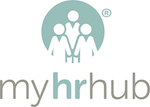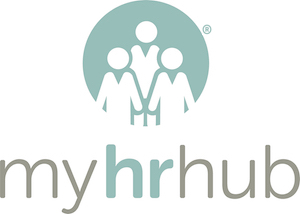
A bill to expand redundancy protections for pregnant women and new mothers passed its final reading in the House of Commons in February, moving it closer to becoming law.
Under current legislation, employers are obligated to offer employees on maternity, shared parental or adoption leave a suitable vacancy where one exists during redundancy – in priority to other employees being made redundant.
The Protection from Redundancy (Pregnancy and Family Leave) Bill will extend this requirement to include pregnant women, as well as new parents returning to work after a relevant form of leave.
Redundancy protections will therefore begin from the moment someone tells their employer they are pregnant and last until their child is 18 months old. This means a mother returning from maternity leave would receive a further six months’ redundancy protection. The same protection will apply to adoption leave and shared parental leave.
The Bill was approved by the House of Commons in February and is now proceeding through the House of Lords on its journey to becoming law. Passage of the bill is likely to occur this year.
What does the law currently say?
At present, a woman can be made redundant while she is pregnant or on maternity leave, but there are strict rules that must be followed before this can happen.
Employers conducting redundancies cannot select a pregnant woman or woman on maternity leave for redundancy on the basis that she is pregnant or on maternity leave. This is automatically unfair dismissal and discrimination.
Furthermore, if an employer has a genuine reason to make a woman on maternity leave, shared parental leave or adoption leave redundant, they must offer the employee a suitable alternative vacancy and prioritise them over other employee selected for redundancy.
A suitable alternative vacancy must be no less favourable than the woman’s previous job in terms of location, terms, conditions and status.
Get in touch with our team for support with managing redundancies.


Recent Comments